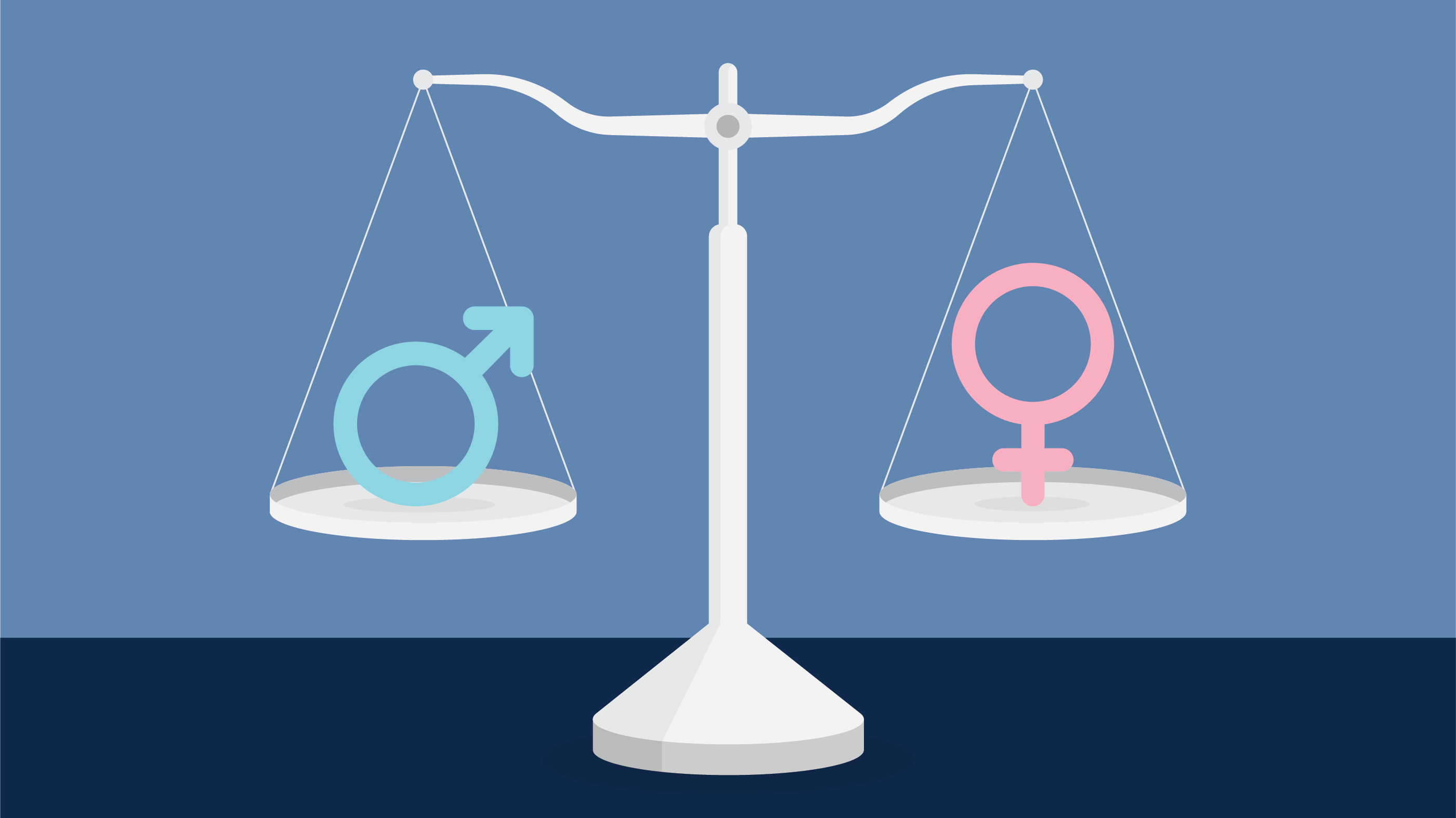
Negotiation and Executive Gender Pay Gaps in Nonprofit Organizations
Executive Compensation
A study by Curtis Hall, Associate Professor of Accounting at Drexel University’s LeBow College of Business, and coauthors, finds that there is a smaller gender pay gap among executives of non-profit organizations which offer fewer opportunities for salary negotiations or encourage female employees to negotiate.
Key insights
-
The negotiability of executive compensation affects the gender pay gap in non-profit organizations (NPOs). This is an important finding because alternative explanations for pay disparities, such as gender differences in labor participation and in risk preferences, are less relevant for NPOs and more suitable to for-profit companies.
-
Female executives earn 8.9% less than male executives in a sample of almost 22,000 data points on NPO executives in the US. However, the gender pay gap is lower when NPOs face less competition for labor supply, when they have more constraints on their executive remuneration packages, and when their assets are more restricted. The pay gap is also narrower in NPOs with higher female representation on their boards and with lower executive pay overall.
-
In general, the greater the opportunities for salary negotiations, the larger is the observed gender pay gap in NPOs. The findings suggest that male executives take a disproportionate advantage of flexible negotiations and, therefore, achieve higher pay compared to female executives.
Summary of Complete Findings
Executive compensation has been under intense public scrutiny with media often criticizing the persistent pay disparity between male and female high-ranking employees. Companies are under pressure to balance their workforces and to show that they comparably pay their male and female employees. Identifying the sources of the gender pay gap is challenging and can vary by sector.
This study finds original evidence of a multi-faceted governance mechanism through which pay gaps can not only be explained but can also be reduced. The mechanism is centered on the negotiability of salaries in an organization: Environmental and governance factors that limit opportunities to negotiate or increase women’s willingness to negotiate salaries can reduce the gender pay gap in NPOs.
The research focuses on non-profit organizations because they tend not to reward risk-taking behavior as much as for-profit organizations. The value-adding activity in NPOs is also different than in for-profit companies, which reward managers for increasing shareholder value, typically through higher profits. Given evidence that men tend to place higher utility on money and have a greater preference for risk-taking behavior than women, the gender pay gap among executives in for-profit companies can be partially explained by differences in gender preferences. However, since NPOs value more altruistic motivations, their pay disparities are less likely to be the result of systematic differences in risk and reward preferences between male and female employees. By choosing NPOs, the study can isolate the impact of salary negotiations as a reason for the gender pay gap among executives.
The researchers investigated a sample of 21,764 executive-NPO-year observations across 25 industries from publicly available Form 990 tax returns. They looked at executives who earned at least $150,000 annual compensation with any of the following titles: chief executive officer (CEO), chief financial officer (CFO), chief operating officer (COO), general counsel (GC), and marketing officer. Female executives accounted for 28.2% of the sample. Females have the lowest representation at the CEO level (22.9%) and hold a larger fraction (61.1%) of marketing officer positions. On average, female executives in the sample earned 8.9% less in total compensation than male executives.
To examine the role of salary negotiations in explaining the gender pay gap in NPOs, the researchers first considered the impact of external employment options, which increase compensation negotiability. When NPOs face intense competition from other NPOs and for-profit companies, executives have greater opportunities to negotiate compensation. If male executives are more willing or able to negotiate higher pay than female executives, one can expect to find a larger gender pay gap when there are broader employment options for executives. In fact, the study finds that the gap is larger by 5.2% among NPOs in highly competitive markets, which is equivalent to an 82% increase in the gap relative to companies in weak competitive markets.
Secondly, the researchers considered two characteristics of NPOs that constrain opportunities for executives to negotiate their compensation: Donor reliance and restricted assets. Donors are wary of high executive compensation and tend to give less when managerial pay is perceived as being too generous. Restricted assets are monies set aside to fund a particular purpose; they cannot be used for other expenses. NPOs that are more reliant on donors and have more restricted assets are constrained in their ability to pay higher levels of compensation. These constraints likely limit executives’ ability to negotiate for larger compensation packages. If the pay gap is at least partially driven by male executives negotiating higher pay, we expect the gender pay gap to be lower in NPOs where pay is less negotiable. Indeed, the pay gap is smaller by 5.4% among donor-reliant NPOs, a 46% decrease in the gap relative to non-donor-reliant firms. Similarly, a higher percentage of restricted assets over the total assets of an NPO is associated with a narrower gender pay discrepancy.
The researchers further find that NPOs with relatively low executive compensation have smaller gender pay disparities, while NPOs with higher pay dispersion have wider gaps. In the former case, low compensation provides fewer opportunities to negotiate and the returns from negotiation are small. In the latter case, pay dispersion denotes more flexible compensation practices, providing executives with increased opportunities to negotiate.
Overall, the findings suggest that male executives in NPOs are disproportionately advantaged by the existence of better opportunities to negotiate their pay compared to their female counterparts, exacerbating the discrepancy in compensation between male and female executives. An additional factor that influences compensation negotiability is the gender composition of the leadership. If female job candidates are more willing to negotiate compensation with another female, the benefits that accrue disproportionately to men through negotiation should wane in organizations where women determine compensation. In fact, the study finds that the pay gap is smaller by 3.2% among NPOs with high female board representation, equivalent to a 29% decrease in the pay gap relative to organizations with low female board representation. Similarly, in NPOs where the CEO is a woman, the gender gap is narrower.
It is important to highlight that negotiability of salary in NPOs is only a partial explanation of the gender pay gap: the researchers observe that the disparities decrease but do not disappear completely even when the opportunities to negotiate are limited or when the environment encourages female executives to negotiate higher remunerations.
Finally, the study assesses whether the specific procedures NPOs utilize in setting CEO compensation affect the gender pay gap. It analyzes the impact of a compensation committee, a written employment contract, an independent compensation consultant, a compensation survey, benchmarking with other organizations, and a requirement for approval by the board or compensation committee. To the extent that these procedures increase transparency and reduce opportunities for negotiation, they could also help reduce the gender pay gap. To the extent that they entrench pay disparities that already existed, these procedures could be associated with higher gaps. The findings show that both the use of an independent compensation consultant and benchmarking with other NPOs reduces the pay gap. However, the use of a compensation committee exacerbates the disparities. Other factors do not have any significant effect.
In conclusion, the study provides compelling evidence that the governance around pay negotiations partially explains the compensation gap between male and female executives. Employers sensitive to gender pay disparities should consider the environment for negotiating compensation within their organizations and change it accordingly.
“Negotiation and executive gender pay gaps in nonprofit organizations” by Andrew R. Finley (Claremont McKenna College), Curtis M. Hall (Drexel University), Amanda R. Marino (San Diego State University), was published in the Review of Accounting Studies, 2021.
Access paper for subscription holders
Access working paper


